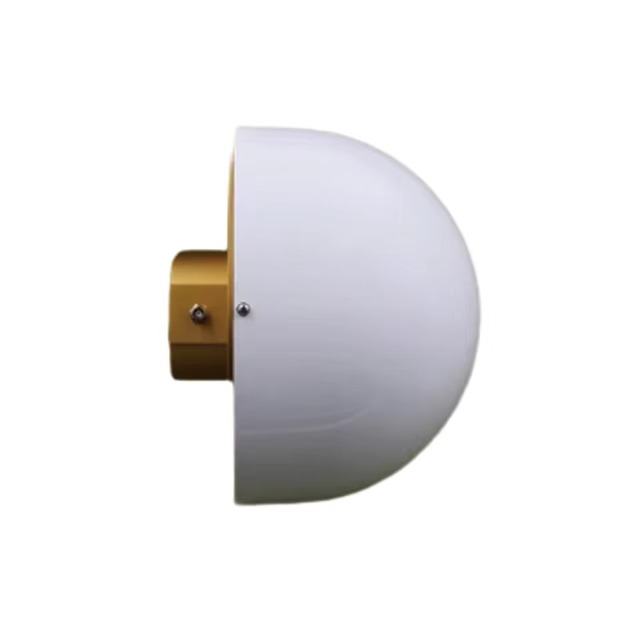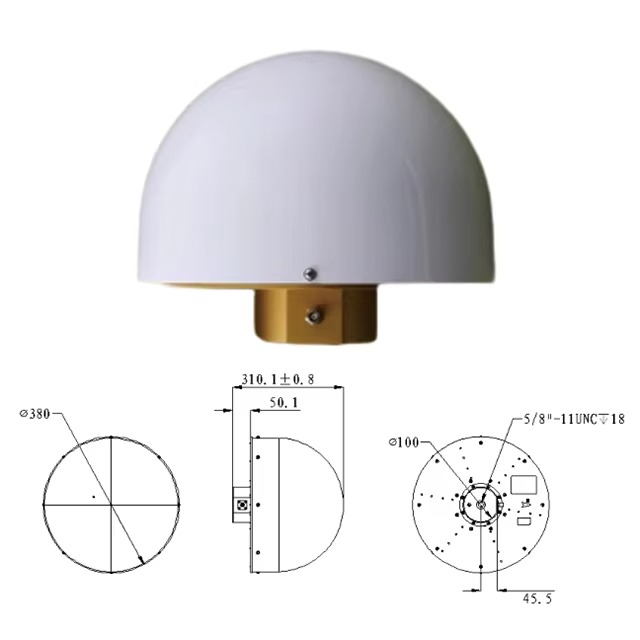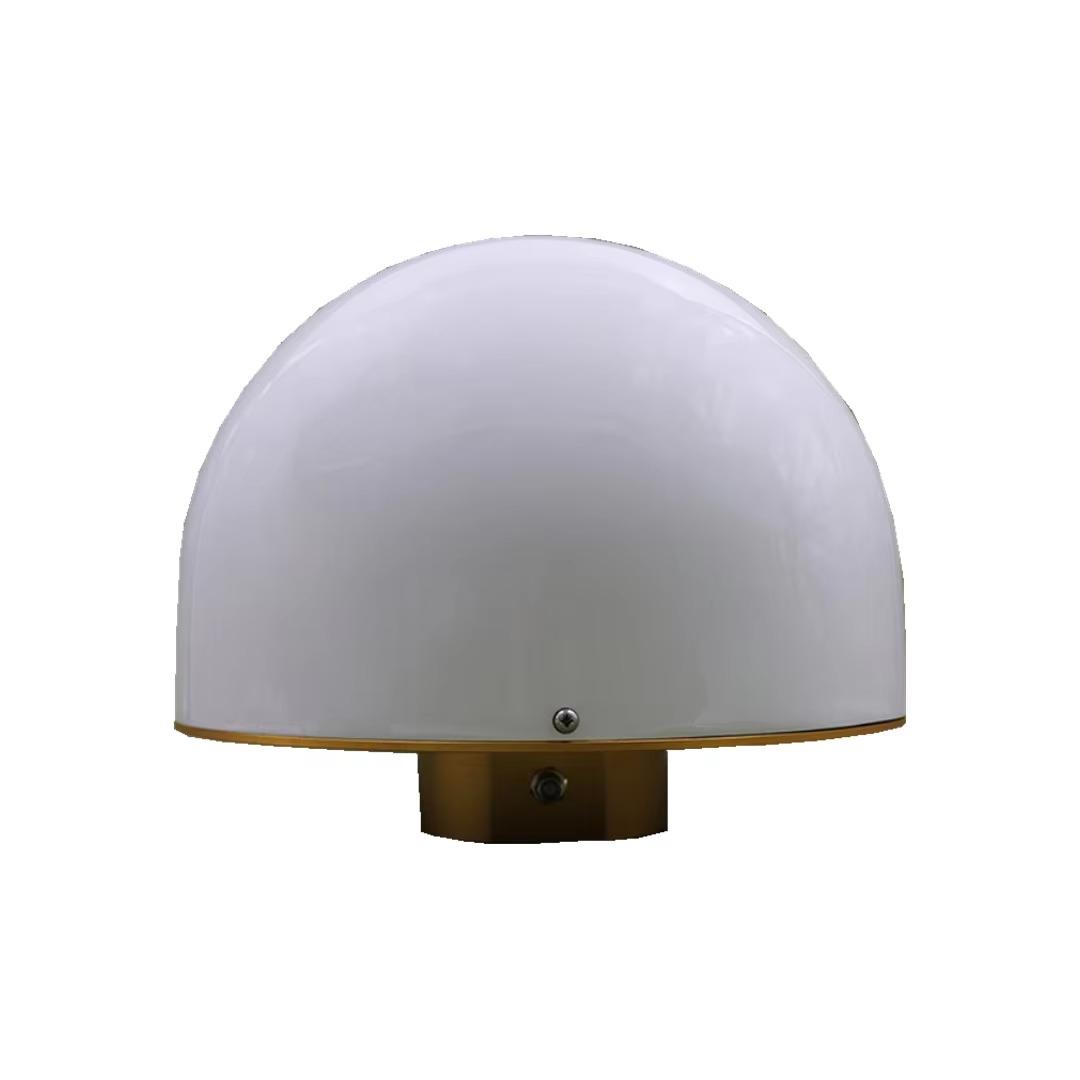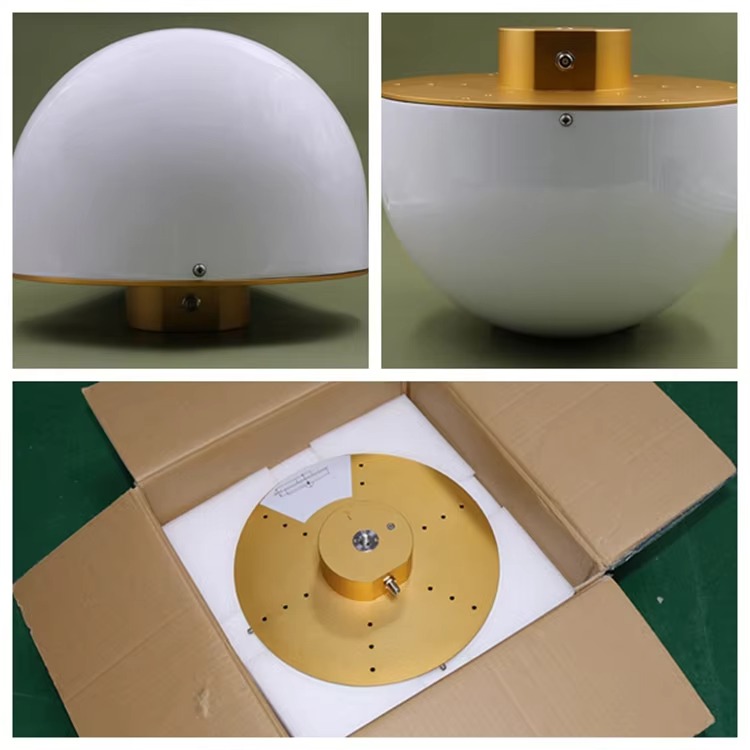The RTK Choke Ring Antenna’s ability to mitigate multipath interference and leverage full-band GNSS signals makes it indispensable across a range of high-precision applications.
Land Surveying and Cadastral Mapping
Land surveyors require accurate measurements to define property boundaries, map terrain, and create legal land records. Multipath interference—from nearby buildings, trees, or water—has long been a challenge in this field, often leading to costly rework or disputes. The choke ring antenna eliminates these errors, allowing surveyors to collect data with centimeter-level accuracy in even the most complex environments.
For example, when surveying a coastal property with views of the ocean, traditional antennas would struggle with reflections off the water, introducing errors of 10+ centimeters. The RTK Choke Ring Antenna, however, suppresses these reflections, ensuring that boundary markers are placed with precision, reducing the risk of legal disputes and streamlining land registration.
Construction and Infrastructure Layout
In construction, precise positioning is critical for laying foundations, aligning structural elements, and ensuring compliance with design specifications. A single centimeter of error in foundation layout can lead to costly delays or safety hazards in high-rise buildings, bridges, or tunnels. The RTK Choke Ring Antenna, with its multipath mitigation, ensures that construction teams can stake out positions with confidence, even in urban environments where reflections from nearby buildings are common.
For instance, when building a skyscraper in a dense city center, the antenna’s choke ring suppresses signals reflecting off adjacent structures, allowing the RTK system to maintain centimeter-level accuracy. This ensures that steel beams, elevator shafts, and utility lines are aligned exactly as engineered, minimizing rework and ensuring structural integrity.
Geodesy and Scientific Research
Geodetic studies, which measure the Earth’s shape, rotation, and gravitational field, require millimeter-level precision over long periods. These studies are critical for understanding tectonic plate movement, sea-level rise, and natural hazards like earthquakes. The RTK Choke Ring Antenna is a staple in geodetic networks, as its ability to filter multipath signals ensures consistent, long-term data accuracy.
In volcanic monitoring, for example, scientists use RTK-equipped stations to track minute changes in a volcano’s shape—indicators of magma movement. The choke ring antenna ensures that these measurements are not corrupted by reflections off lava flows or surrounding terrain, providing early warning of potential eruptions.
Autonomous Vehicle Testing
The development of autonomous vehicles (AVs) relies on precise, real-time positioning to ensure safe navigation. AVs require centimeter-level accuracy to detect lane lines, avoid obstacles, and interact with other vehicles. In testing environments, where AVs operate in complex scenarios (e.g., near buildings, under bridges, or on tree-lined roads), multipath interference can disrupt positioning data, leading to incorrect decisions.
The RTK Choke Ring Antenna solves this problem by suppressing reflections, providing AVs with reliable positioning data even in challenging environments. This accelerates testing and ensures that AVs can safely transition from controlled environments to real-world roads.
Advancements in Choke Ring Technology: Future Trends
While the RTK Choke Ring Antenna is already a pinnacle of precision, ongoing advancements continue to enhance its performance:
Miniaturization: Traditional choke rings are bulky, making them impractical for portable applications. New designs use lightweight materials (e.g., carbon fiber) and optimized ring geometries to reduce size and weight without sacrificing multipath mitigation. This allows the antenna to be integrated into smaller RTK rovers, drones, and handheld devices.
Adaptive Filtering: Some modern choke ring antennas incorporate software-defined radios (SDRs) that dynamically adjust to environmental conditions. For example, if the antenna detects increased reflections from a nearby building, it can adjust its filtering parameters to target those specific angles, further reducing interference.
Dual-Band Choke Rings: To address the growing use of higher-frequency GNSS bands (e.g., GPS L5, Galileo E5), new choke rings are optimized for both low and high frequencies, ensuring consistent performance across the full spectrum of GNSS signals.




































































 Language
Language
 En
En Cn
Cn Korean
Korean

 Home >
Home > 








 18665803017 (Macro)
18665803017 (Macro)













